
We discuss the insights from Electricity Supply Monitoring Initiative (ESMI) in the Indian state of Maharashtra in this post. ESMI is an effort by Prayas (Energy Group) since 2015, to provide evidence-based feedback about the quality of supply to all stakeholders in the electricity sector. Under ESMI, specially designed IoT enabled voltage monitors are deployed at several consumer locations across India to develop a reliable database on supply interruptions and voltage levels. The minute-wise voltage data collected through ESMI is available in the public domain on watchyourpower.org and the Harvard Dataverse.
Maharashtra is the second most populous state in India, with about 47% of its 12.1 crore population living in urban areas as per projections for 2018. In 2018, the monthly per capita expenditure was around ₹3000, and ₹6600 for rural and urban households in Maharashtra respectively1. While 99.9% of the villages in the state had been electrified by 2014, 100% of the willing households i.e. 2.45 crore households have been reportedly electrified by 2019. Near complete household access to electricity is an essential landmark, but the next required step is ensuring Quality of supply (QoS). We have observed from ESMI that the QoS in urban and rural areas of Maharashtra is notably better than that in many other Indian states.
Overview of deployments
Electricity supply was monitored at about 70 locations in Maharashtra under ESMI, spread across 11 districts. About a quarter of these were non domestic (commercial and agricultural) connections. 51 locations monitored were urban and 22 were rural. Split of locations across categories of locations, and connection type is given in the table below. It needs to be noted that the spread of locations may not be entirely representative of the districts or even the state but help to provide a good estimate on QoS.
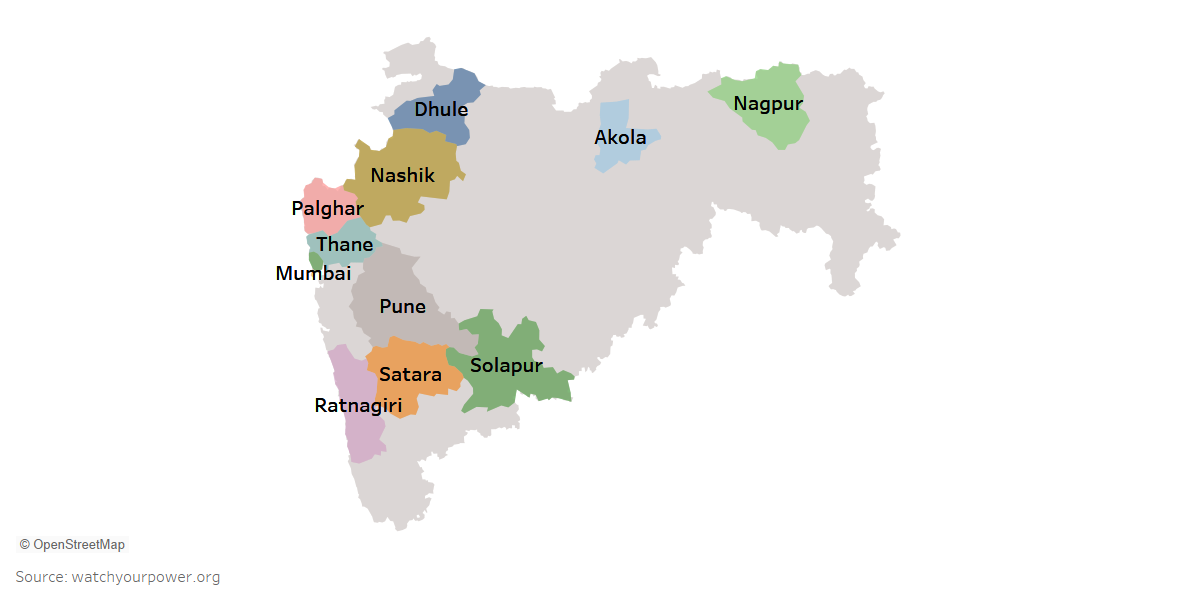
Figure 1: Districts monitored under ESMI in Maharashtra
Table 1: Nature of ESMI deployments
| Location type | Connection type | ||
| Domestic | Non domestic | Total locations | |
| Megacity | 12 | 3 | 15 |
| Other municipal area | 27 | 9 | 36 |
| Rural | 16 | 6 | 22 |
| Total locations | 55 | 18 | 73 |
Analysis
We have used the minute-wise voltage data collected by ESMI from locations in Maharashtra during the years 2016-2019 for the analysis presented in this post. Locations with more than 90% data available for a particular month were considered for this analysis. Outage duration, patterns, occurrence across various times of the day were analyzed. Later in the post, case stories from a few locations have also been detailed which present a better picture about quality of supply variations across the state.
Hours of outage
The electricity supply quality and reporting of supply quality parameters has been relatively better in Maharashtra among other states. However, lack of availability of reports for most recent months/years and little or no validation mechanism of the reported data reduces its reliability. Data on supply quality parameters was being published on the Urja App until 2019. Verification of data published on Urja and comparison with ESMI from locations in Pune city in specific regions showed wide disparity as shown in the figure 2.
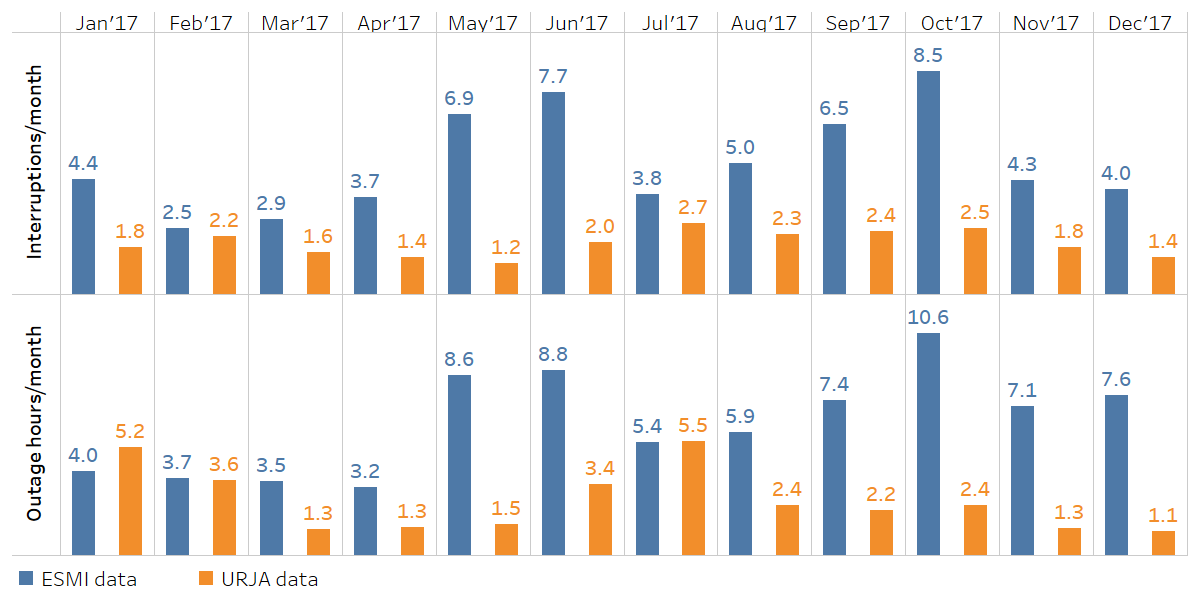
Figure 2: Comparison of data from URJA and ESMI for Pune city
ESMI monitoring data from Maharashtra shows that although most megacities and other municipal areas report close to 24-hour supply, rural areas received around 20 hours of normal voltage supply. The variation in QoS across seasons in megacities and other municipal areas is also minimal, whereas, hours of low voltage supply and outage at rural locations increased in the months of May and June, roughly leading up to the onset of monsoons. The chart below shows the supply profile of locations in Maharashtra.
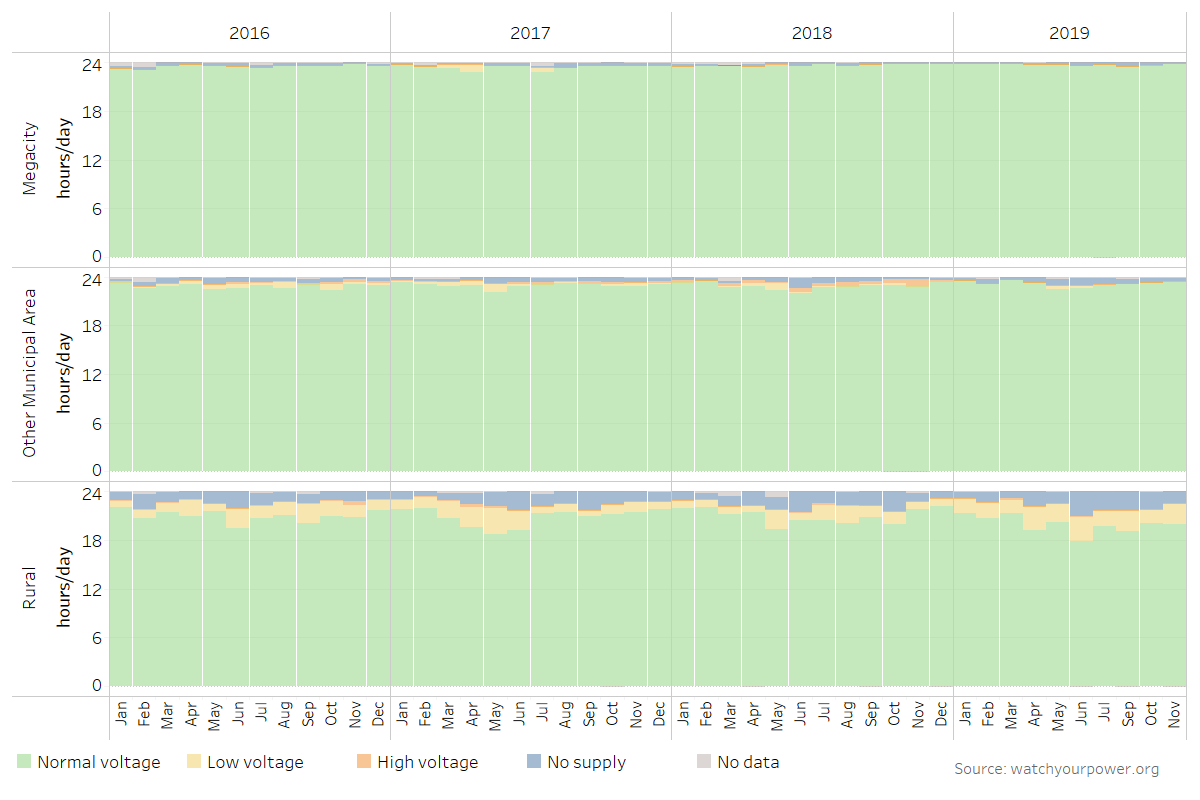
Figure 3: Daily electricity supply profile at ESMI locations in Maharashtra
Nature of outages
Interruptions of any nature long (>1 hour) or short (<1 hour) force consumers to move to alternative sources of power to support productive activities and basic needs like lighting. About 55% of the total outage duration faced by ESMI locations in Maharashtra was due to interruptions longer than one hour. At the same time all the location types experienced seasonal variation in the number of outages. This trend/variation is much more pronounced in case of rural locations, where the number and duration of outages is significantly higher.
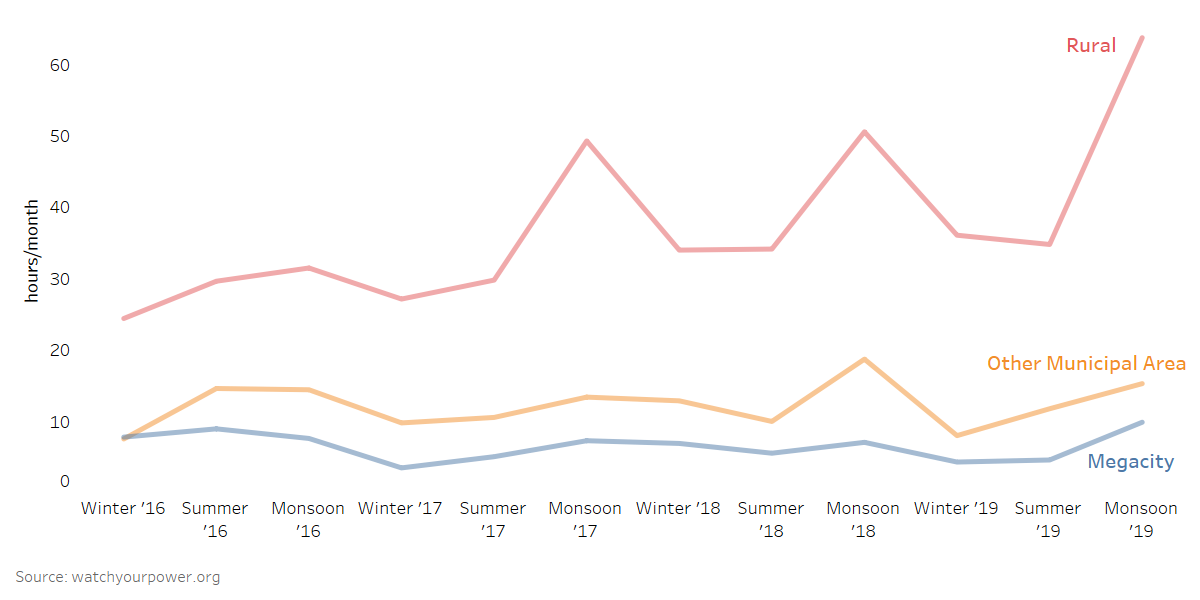
Figure 4: Average hours of outage per month
Time of outage
In addition to the number and duration of electricity supply outages, the time of day when these outages occur also has a significant impact on the use of electricity. Most of the outages at ESMI locations in Maharashtra were observed during daylight hours. This pattern is pronounced for rural locations. Frequent or long duration outages during the daytime especially in rural areas may prevent household and small enterprises from using electricity for productive purposes.
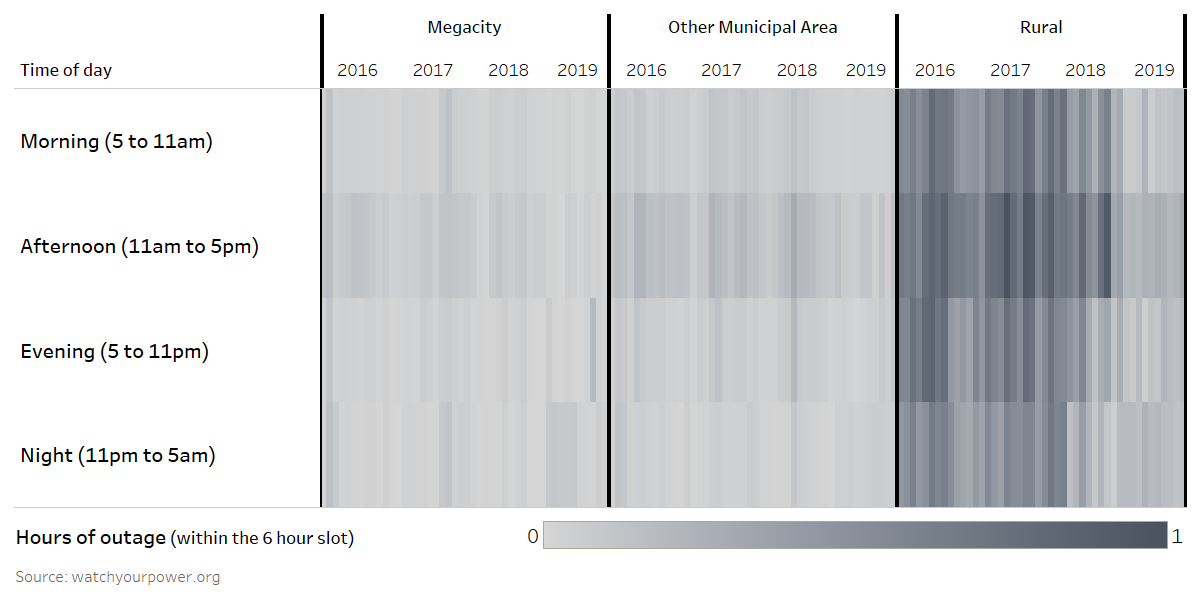
Figure 5: Outage at various times of the day
Availability of electricity supply in the evening is essential for lighting, the most basic use of electricity in households. During the six evening hours, most ESMI locations received almost the entire six evening hours (5 to 11pm) of electricity with minor seasonal variations. On an average over three years, megacity locations faced an outage of 3 minutes every evening. The outage increases to 7 minutes at locations in other municipal areas, and 18 minutes for rural locations.
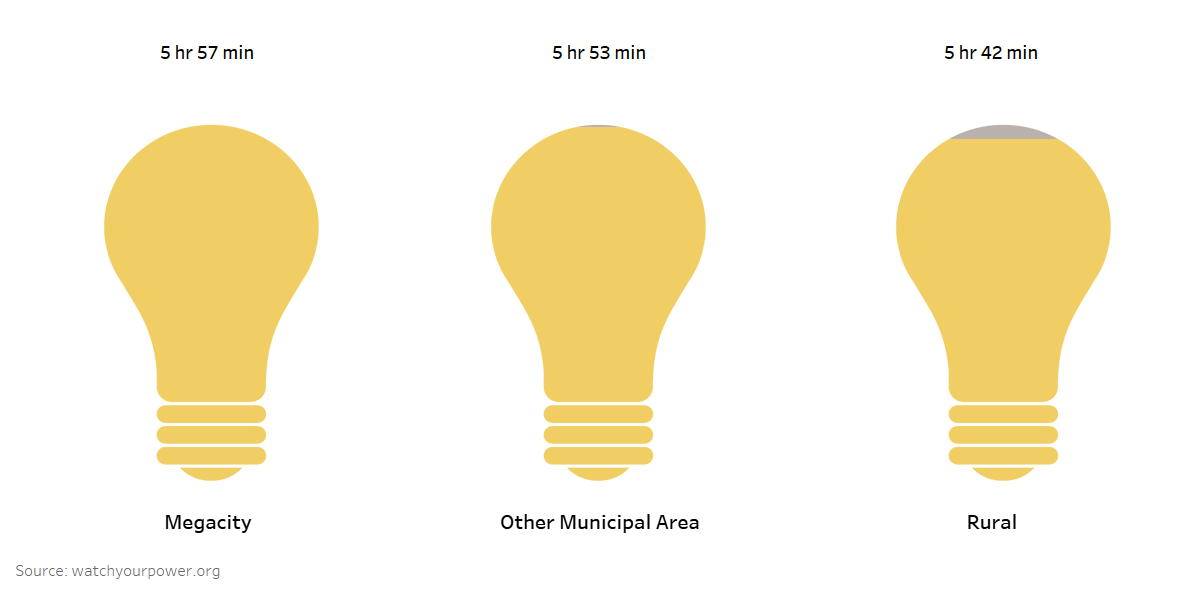
Figure 6: Daily average hours of supply in the evening (5 to 11pm)
Number of interruptions
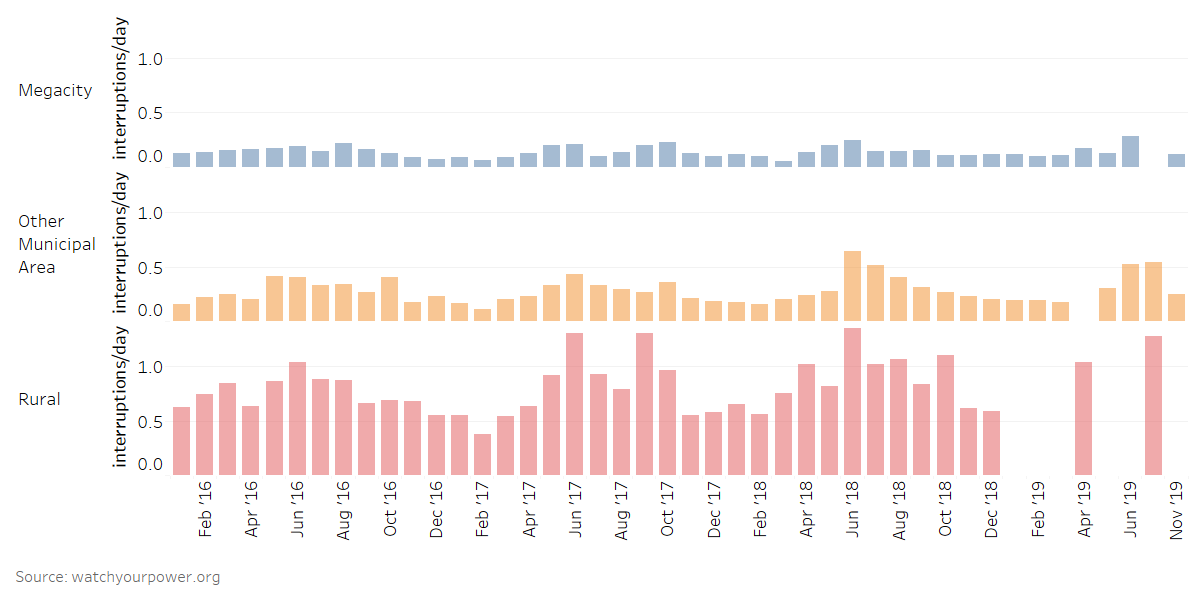
Figure 7: Average daily number of interruptions
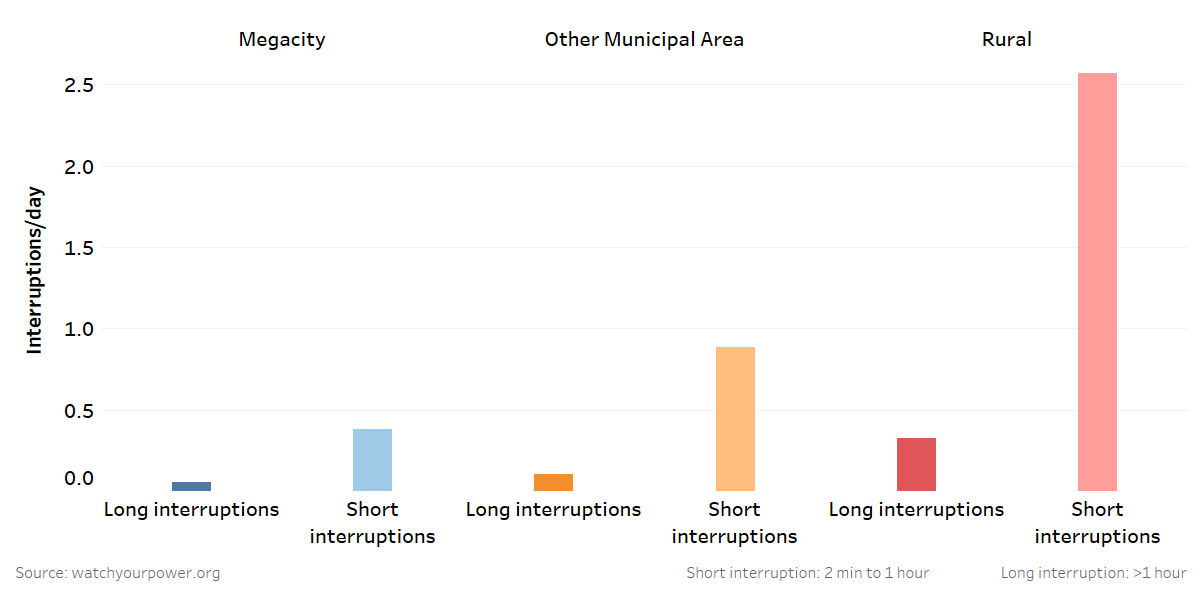
Figure 8: Breakup of daily interruptions
Continuity in electricity supply is an important factor which makes it easy to use it for multiple activities. Unplanned interruptions or several interruptions in a day make it difficult to make meaningful use of electricity. ESMI data shows that megacity locations in Maharashtra faced on an average less than outage a day (i.e. an outage once a few days), other municipal locations faced about two outages a day while the rural locations faced around three outages a day. The number of interruptions increased in the monsoon season, and the lowest number of interruptions is observed in winter months. The trend in the number of interruptions remains almost the same across the years.
Supply to non-domestic connections
Supply to non-domestic locations was observed to be very similar to domestic connections in megacities, nearly 24 hours a day, with little to no seasonal variation. Locations in other municipal areas however, experienced voltage supply variations for approximately 45 minutes per day, most instances having recorded high voltages. Such supply quality variations pose a significant safety risk, and reduce the life of equipment. Rural non-domestic connections on the other hand received supply for 20 hours a day or more on average, with some seasonal variation in supply quality as well as duration.
Quality of Supply at different locations
The overall supply quality parameters show that in the state of Maharashtra between 2016 and 2019 supply in rural areas has been less reliable in comparison to megacities and other municipal areas. We describe a few cases here to explain the supply quality variations thus observed.
Pune City
The electricity supply to ESMI locations in Pune city has been consistently close to 24 hours a day, throughout the monitoring period. Minor seasonal variations at some locations, with occasionally a few locations facing outages were observed. This indicates better supply and distribution management as a whole in the city.
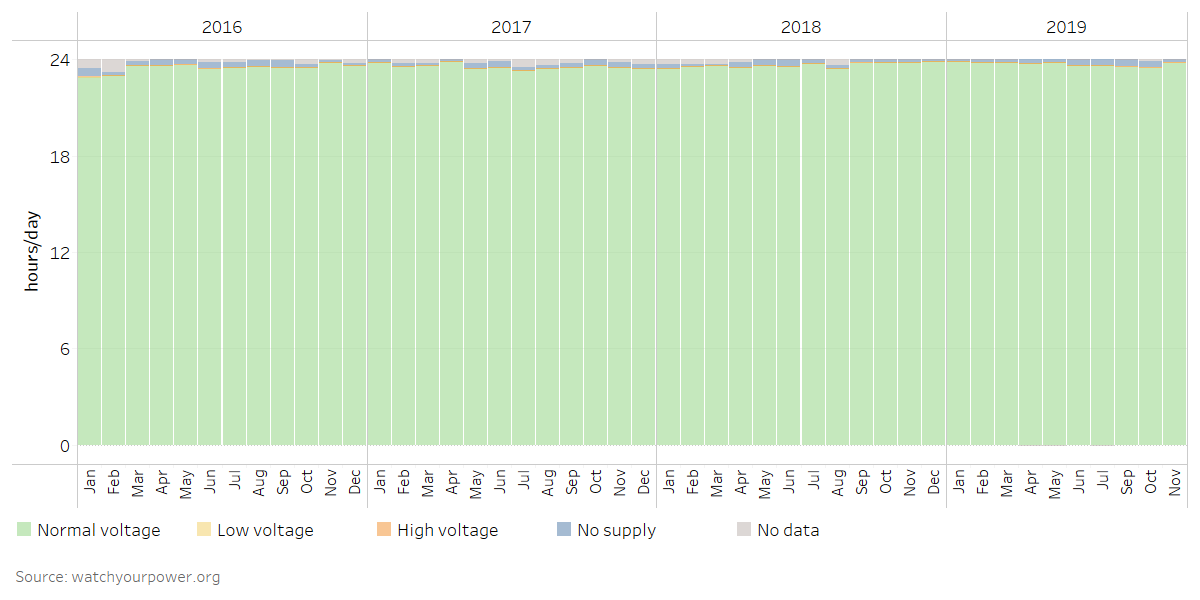
Figure 9: Daily quality of supply at ESMI locations in Pune city
Baramati
Baramati town is situated about 250 km from Mumbai, to the southeast of Pune. As can be seen in the daily supply profile below, the location in Baramati town experienced exceptionally stable electricity supply with very few interruptions and voltage quality variations. Most locations face voltage fluctuations in monsoons. The figure also shows average hourly voltage profile for Baramati in July 2017, which is very stable around 240 volts. This is very unlike other towns from Maharashtra monitored by ESMI. Electricity supply quality varies significantly across the state and geographical location of particular place, and the political economy has a strong impact on the same.
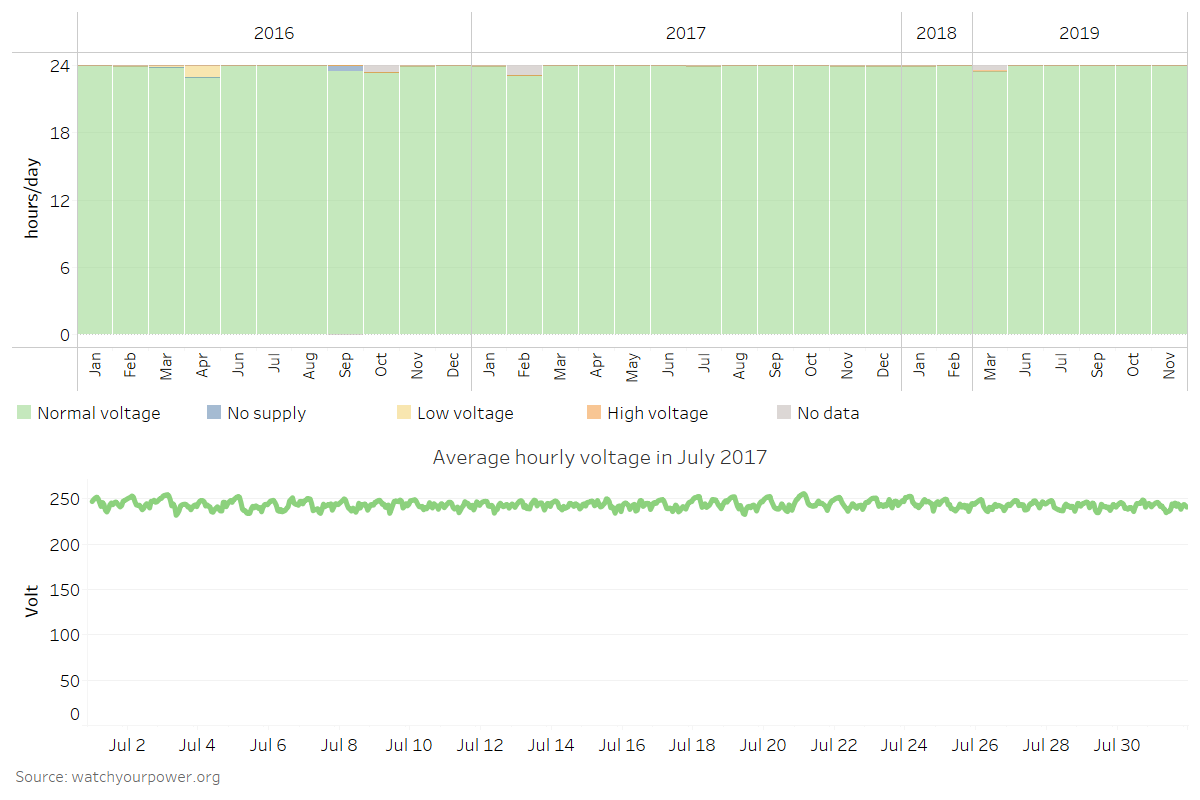
Figure 10: Daily quality of supply at Baramati, Pune district.
Kondhanpur
Kondhanpur is a village 40km to the south of Pune city. Electricity supply to this village was provided through a mixed feeder, providing electricity to an industrial area and the village. The pattern of supply quality shows frequent occurrence of low voltage, about six hours a day during the earlier phase of monitoring. The feeder supplying electricity to the village was separated from the industrial consumers around June 2017. After which, the occurrence of low voltage has reduced significantly from 18% in 2016 (over 4 hours a day) to about 5% (almost 1 hour 30 min a day) of the time in 2019. This could be attributed to the heavy industrial loads being shifted to dedicated industrial feeder, reduction of heavy loads helped improve the supply to the village. The supply quality at the location has been observed to be improving post this separation.
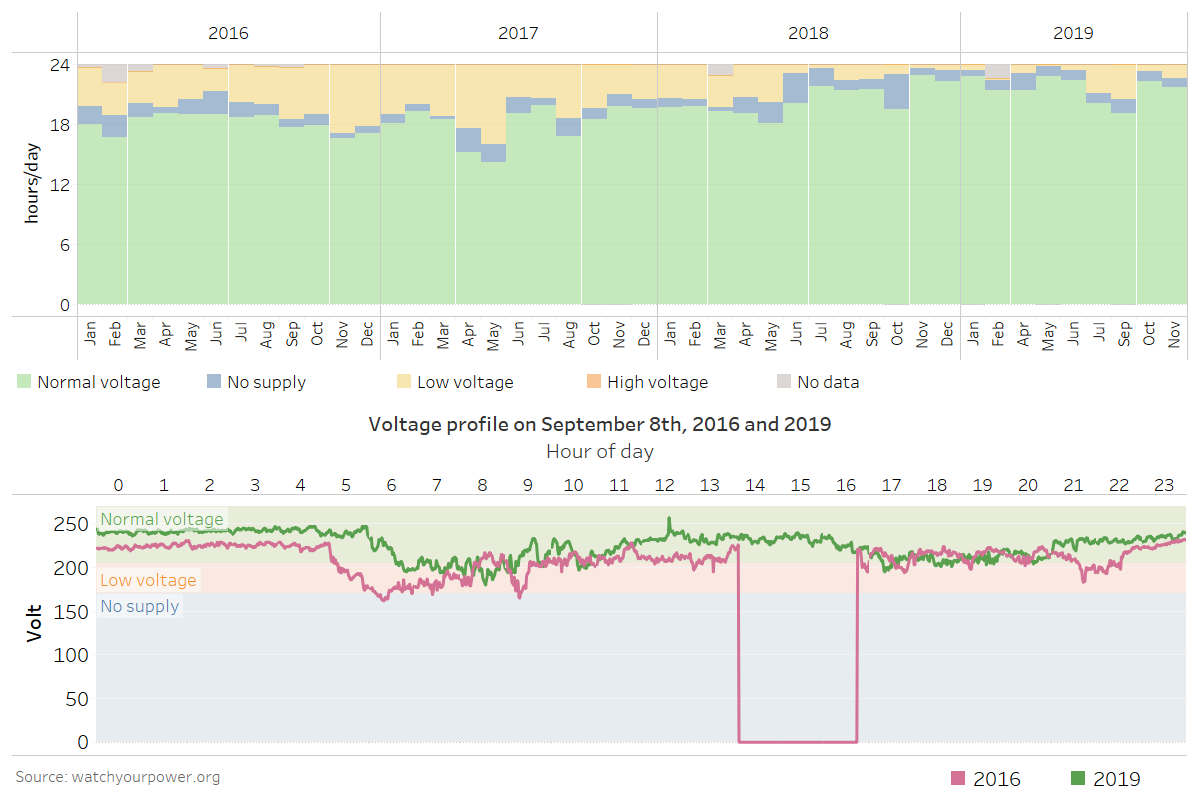
Figure 11: Daily quality of supply at Kondhanpur, Pune district
Nanegaon
Nanegaon is a village about 35km east of Pune city. The ESMI device was installed at an agricultural location in the village. The monitored data shows deterioration of supply quality over the years. The farmer from the location also corroborated this data by stating that poor supply quality has prevented them from using heavy farm equipment. Occurrence of low voltage supply increased from a few minutes to a few hours a day on an average, as can be seen from the daily supply profile below. Due to worsening supply quality, a few of ESMI devices failed at the location after which monitoring at the site was discontinued.
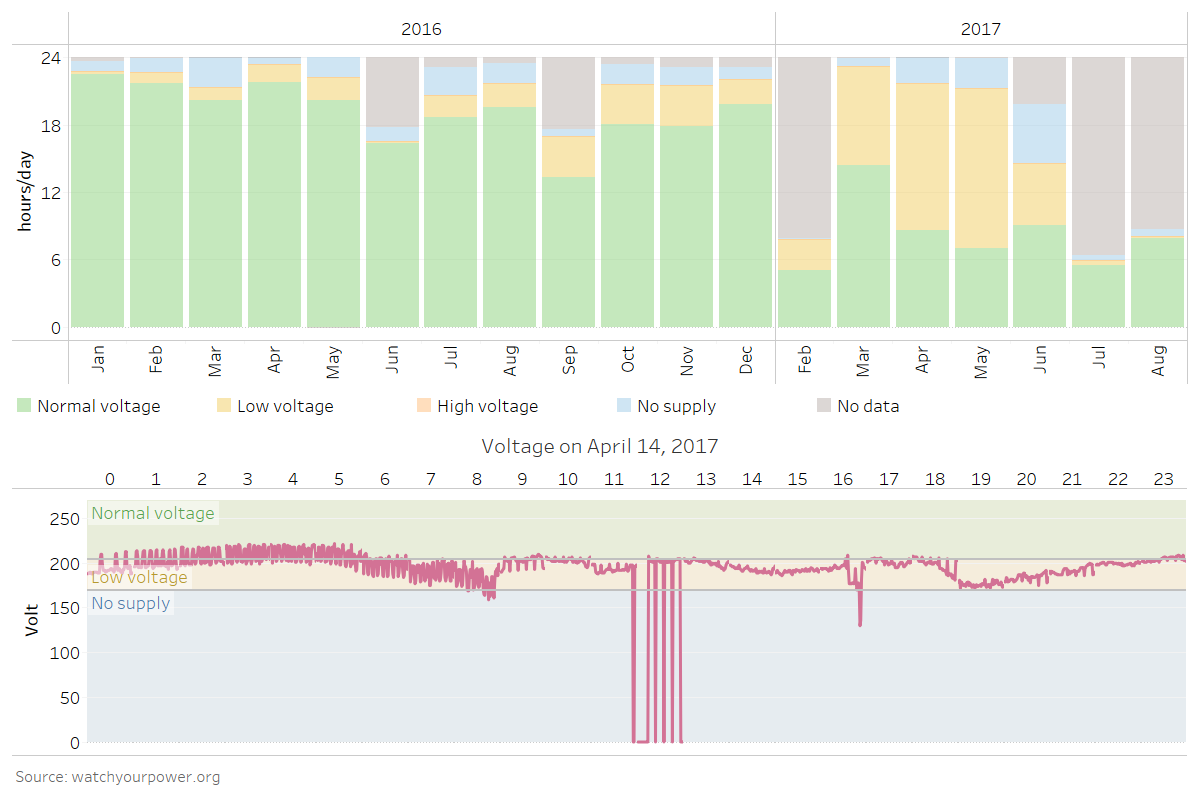
Figure 12: Daily quality of supply at Nanegaon, Pune district
To recap the observations from ESMI in Maharashtra, most of the locations in megacities received good quality electricity supply, with minor outages. Most of the ESMI locations in Maharashtra also received almost the entire six hours of supply in the evening (between 5 and 11 pm), with some outages at the rural locations. Although evening supply is available, average daily supply hours are still distant from 24 at most of the rural locations. Supply voltage is mostly in the normal range at the Megacity locations, but locations in other municipal and rural areas occasionally experience variations beyond the permissible range. Long duration outages still make up the largest share of total outage faced by most locations.
Contributors: Shweta Kulkarni, Abhiram Sahasrabudhe, Aditya Chunekar, Shantanu Dixit
Please contact Shweta Kulkarni (
Suggested Citation: Prayas (Energy Group), ‘ESMI in Maharashtra’, part of blog-series on insights from monitoring quality of electricity supply at consumer locations in India under the ESMI, August 2021
Please click here to read the other posts in this series.

